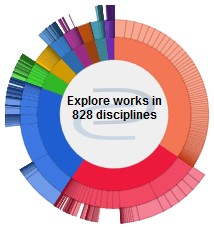Graduate Program
Economics
Degree Name
Master of Arts (MA)
Semester of Degree Completion
2012
Thesis Director
Minh Dao
Thesis Committee Member
Mukti Upadhay
Thesis Committee Member
Ahmed Abou-Zaid
Abstract
Rural-urban migration plays an important role in affecting population and labor composition in a country. In the least developed countries, population moving from a relatively low productive, rural, agricultural sector to a more productive, urban sector can affect overall economic productivity.
This paper investigates the relationship between rural-urban migration and economic growth in least developed counties. Using Dao's 2002 paper on determinants of internal migration, the modified model for migration is formulated in this study. The result from the modified migration model is then used in the GDP growth model to study the effect of ruralurban migration on GDP growth.
The first section of this study analyzes the Dao's 2000 model using panel data from least developed countries from 1960-2010 (various years). Results from Dao's model improved substantially when panel data was used. The modified migration model includes an internal armed conflict variable, an economic structural change variable, an agricultural value added variable, and a density variable. All variables are significant in explaining migration growth rate in least developed countries.
The second section investigates the effect of rural-urban migration on economic growth. The second model includes the following variables: gross fixed capital formation, education, trade openness, rural-urban migration, and polity variables. Except for gross fixed capital formation and openness growth rate, all other variables are highly significant in explaining GDP growth. The result supports the hypothesis that rural-urban migration is important in explaining economic growth in the least developed countries.
Recommended Citation
Gyawali, Karun, "Role of rural-urban migration in explaining economic growth: Evidence from the least developed countries" (2012). Masters Theses. 807.
https://thekeep.eiu.edu/theses/807




